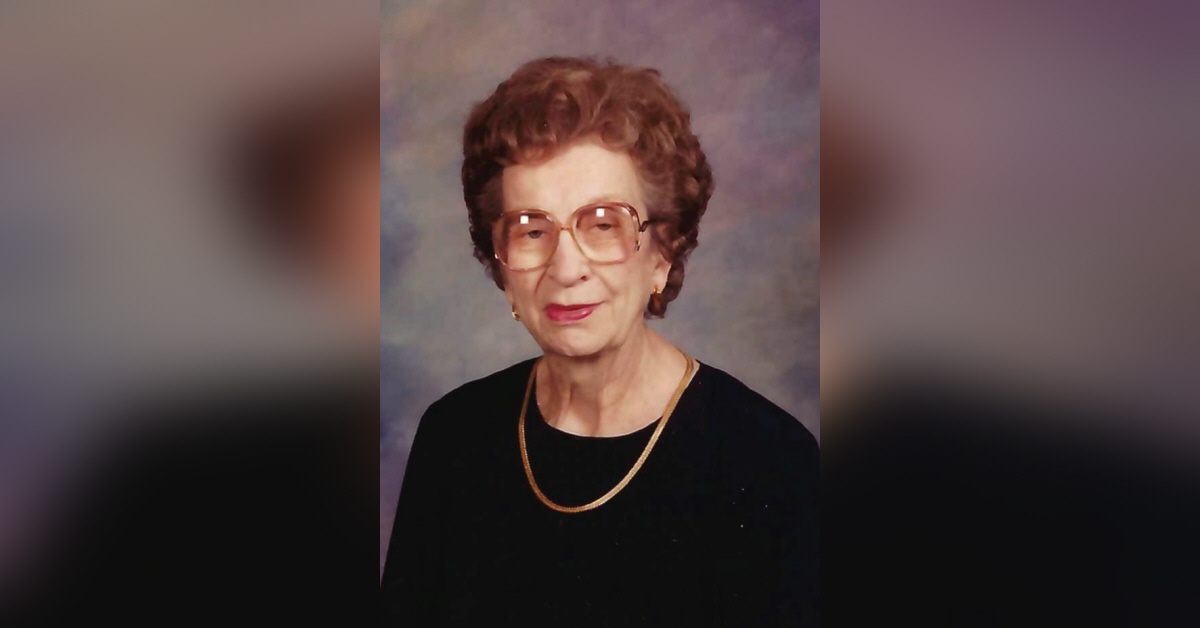Table of Content
Philippsborn reports that the first soldier wounded in this campaign was Philip Sartorius. Robinson reports that the battle marked the first major conflict between Union black troops and the Confederate army. Incidentally, household #46 in the village of Milliken’s Bend was that of Dr. Henry Wirz, a physician born in Switzerland. The construction of this railroad was ultimately disastrous for the future of Milliken’s Bend because the train did not run through the little port town. Nevertheless, the railroad was good for the Parish, and Leopold and Henrietta may have attended the celebration in September 1857.

She married Milton Votroubek on Aug. 23, 1941, in Kahoka, Mo.; he preceded his wife in death on Aug. 5, 2000. Funeral homes curate a final ceremony that provides space for guests to begin the journey through grief together. This expertise contributes to a meaningful funeral service that gives mourners a chance to say their last farewells. You may purchase flowers through the funeral home or separately, if you wish.
Estimated prices for a
Perhaps Henrietta wrote to her mother Fanni about Fanni’s American great-grandchildren. Fanni continued to live in Bibergau as a widow after the passing of her husband Simon; her burial in the Schwanfeld Jewish Cemetery is recorded as taking place on January 4, 1876. Henrietta moved to Island 102 after the Union army came to the Vicksburg area. Island 102 was an island in the middle of the Mississippi River, about 4 miles above Milliken’s Bend, where nearby Union soldiers could protect the family. Union headquarters was at Young’s Point—about 12 miles from where Henrietta lived. Henrietta, widowed when she moved onto Island 102, was just 32 years old, and her daughter Bettie was about 5 years, Jennie, 4 years, and her son Louis, about 2 years old.

When the settlement of Walnut Hills was incorporated in 1825 as the city named Vicksburg, there were twenty Jewish families living in the town. Three Jewish brothers surnamed Sartorius moved to the area in 1835, 1840 and 1845, and brought two Torah scrolls. In 1841, the Jews of Vicksburg formed a congregation called the Hebrew Benevolent Congregation of the Men of Mercy. “Other steamboats helped make life enjoyable for Madisonians. These were the huge and famous Showboats, some carrying a full complement of circus entertainment that was quite comparable to shows traveling by rail.
Celebrating Life
The couple set up their home at Waggaman, Jefferson Parish, across the Mississippi River from New Orleans. Thomas Staten, who was in his twenties during the war, said that “during the war when Mrs. Bauers moved over onto the island, some of us followed her over there to be with her. She was a woman that worked hard herself; she would wash and iron and cook and milk her cows and work in the garden or field if it was necessary. She was not like most the white ladies around here.” Thomas Staten lived on Henrietta’s place on Island 102 for 2 years.
The Vicksburg, Shreveport and Texas Railroad Company was created in March 1852, by the Louisiana legislature. This line was to extend from the Mississippi River on the Louisiana shore opposite Vicksburg westward to the Texas border. Many Jews took part in the 1848 revolutionary uprisings in Germany. Bavaria was one of the main regions from which Jews came to America, and Bibergau was one town from which Jews left. By 1867, among 549 population of Bibergau, only 91 Jews (17% of the population) remained.
Vigen Memorial Home - Kahoka
The site was the scene of heavy and important fighting in the siege of Vicksburg in 1863. The brothers were so upset that, when the opportunity arose to sell the land to Temple Anshe Chesed as a cemetery, they sold it, in August 1864. In spite of the growing prosperity of the area, Henrietta had lost all her property during the war and was unable to raise sufficient money to meet the expense of taking testimony for her claim. Did Henrietta and her son travel to Vicksburg for the auspicious occasion of the dedication of the new Temple? If she did, was she overcome with feelings upon hearing Jewish hymns sung in her native German language.

They had elephants, menagerie, ring performers and everything else comprising a circus. It often took a day and a half to disembark and set up the show. In addition to the Yiddish name given to her at her birth, Jandel had two other personal names in her life.
This is the fee to transport your loved one from the funeral home to funeral events in a hearse. Embalming is generally not required if proper refrigeration is available. This is the fee for the funeral home to come pick up your loved one and bring him/her to the funeral home for preparation. We offer a full range of gifts to help comfort and support those who need it the most delivered direct from your local florist.
In 1880 most of the inhabitants of Milliken’s Bend relocated to a new site one mile west of the old town, due to encroachment by the river. The original site of Milliken’s Bend has ceased to exist since the last family left in 1916. The Joe Witherow family left the “old” Bend in 1910, the next to last family to leave. Henrietta’s daughter Bettie, attending school in New Orleans, met James “Jim” Witherow, the younger brother of Joe Witherow. Jim came to New Orleans from Ireland in 1856, worked on the NO & Jackson Railroad under Union General Ben Butler during the war, and continued to follow railroading after the war. Bettie, age 15 years, and Jim, age 28 years, eloped, marrying in New Orleans on May 23, 1873.
To proceed, register for a Premium membership or login and upgrade to a Premium account. Includes details of pre-planning, services, recent obituaries, links and contact information. Ever Loved's funeral marketplace makes it easy to purchase caskets, urns and more directly from independent sellers at great prices.

Have flowers from a local florist delivered to an upcoming service. We are here to help you create a service that is truly unique to you or the life of your loved one. Below the design on the tombstone is a line of Hebrew writing. Joseph “Joe” Witherow was an Irish Protestant immigrant and Southern war veteran who settled at Milliken’s Bend at Henrietta’s place. Henrietta was owner of a cotton farm and general merchandise store, as well as the widowed mother of her two girls—Bettie and Jennie, and her young son, Louis. On June 7, 1863, a little-publicized battle was fought hand-to-hand with bayonets at Milliken’s Bend.
Sadness hit the family only a few months later, with the death of Low Griebel, 8 years old, in November of that year. In March 1827, only weeks shy of her first wedding anniversary, Kehla gave birth to a daughter they named Carolina. Henrietta’s first grandchild, Bettie and Jim’s daughter Henrietta Jane Witherow was born July 18, 1874, at Waggaman, La. The following year, Henrietta’s first grandson Joseph Francis Witherow was born in December 1875. Did the new grandmother, perhaps with her daughter Jennie, make trips to Waggaman to help the new mother and cuddle the new babies? Given that Bettie was only 16 years old at the birth of her first child, I suspect that she did.
Compare their funeral costs and customer reviews to others in the Funerals360 Vendor Marketplace. This is the cost to purchase a burial vault from the funeral home. A burial vault is required for most cemeteries, but you may choose to purchase one online or elsewhere, if you'd wish. This is the fee for the services the funeral home will provide during a graveside service. This is generally required if you will be needing any assistance from the staff for the service.
People who viewed this item also viewed
She had told him that she would not have slaves, everybody had a right to be free. Many times she had said she wanted all the people to be free and work for themselves like she did. There were about 100 acres cleared; mostly the property was woods. Henrietta hired black people, including Washington West and Thomas Staten, to cut wood from her property and she had a big wood yard at her place from which she sold wood to citizens’ boats.

The construction of the railroad, on which trains were regularly running to Monroe, Louisiana, over 75 miles of track, ceased in 1861. When the Union army came to the area, the Confederate army destroyed the tracks to Monroe in order to prevent the Union army from using it. For their part, the Union army burned the railway stations at Tallulah and DeSoto, Louisiana, the town across the Mississippi River from Vicksburg.

No comments:
Post a Comment